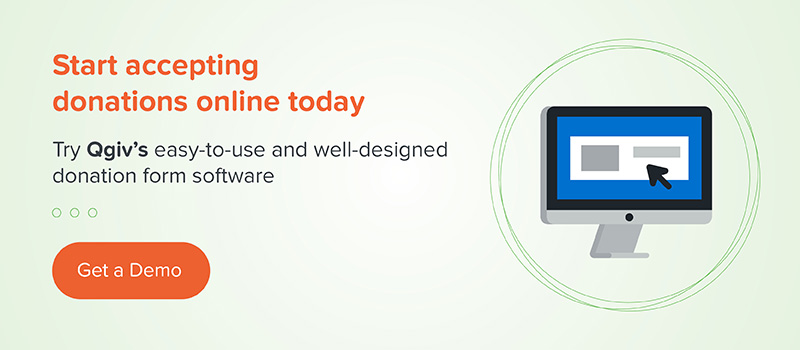A while ago I told you that you should stop stressing out about millennial engagement, and last week I went into how you can help millennials help you. We want to get involved! Your relationship with donors and volunteers shouldn’t stop after we’ve swiped our credit card or left your event, though. Be sure you tell us “thank you!” Just like our parents, we want you to recognize our gifts. You might need to be creative with your thanks – a form letter probably isn’t going to cut it – but it doesn’t have to be hard. When you thank your donors, remember to:
1. Get personal.
This doesn’t just go for Millennials; it’s good practice for all of your donors, regardless of age. Sending a pre-written thank-you note is a great way to let your donor know that you’ve received their donation, but thanking them on a personal level is the best way to keep them coming back. Drop donors a quick, personalized e-mail, give them a call, or even meet them face-to-face to really show them how much you appreciate their support.
2. Make it public.
Don’t have time to send all of your donors an e-mail? Acknowledge your supporters through Facebook posts, tweets, a newsletter, or a special event. It’s not necessarily as good as a personal note or phone call, but it can suffice in a pinch. Whatever you do, just let people know that you appreciate them. They won’t forget it.
3. Don’t forget us.
Your relationship with your donors shouldn’t stop after you say “thank you.” This article from one millennial donor is a telling example of how millennials view nonprofits after they’ve donated. Maintaining emotional bonds between your charity and your donors is critical! Let us know what you’re doing, how we can continue to help, and keep up a dialogue with your supporters. If you forget about us, chances are good that we’ll forget you, too.
Here’s the thing to take away from all of this: millennial supporters want to be recognized just like any other donors. Want us to stay involved? Say thank you — and say it sincerely.
4. Offer other ways to stay engaged.
While you never want to ask for more money in your thank-you letters, suggesting other ways for donors to get involved is an acceptable alternative. This will give donors the opportunity to continue developing a relationship with your organization, which could lead to more donations in the future.
You can ask donors to follow you on social media, attend an event, or volunteer. If the donor has already contributed multiple times, you can suggest that they join your membership program. By paying a monthly (or sometimes annual) membership fee, supporters don’t have to remember to donate to your organization because it’s automatically done for them. Plus, donors benefit from a membership program with tons of perks.
Ultimately, it’s up to you to decide how you’d like donors to engage with your organization, just keep in mind the donor’s current relationship with your nonprofit (i.e. you wouldn’t want to recommend a membership program to a first-time donor).








